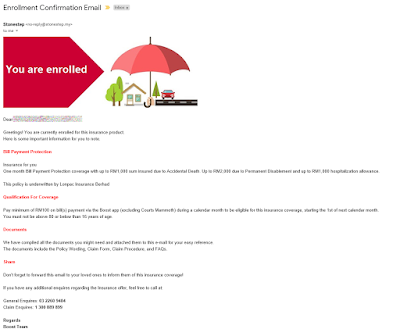Home inspection is part of the essential process right after receiving vacant possession of brand new home from the property developer. Normally it is conducted by the buyer (new owner) of the property, and there is a 24 months defects liability period whereby the buyer can report any defect found in the property to the developer, and the developer has the obligation to rectify and fix the defects reported by the buyer.
There is another common scenario of home inspection. When the buyer is going to buy a pre-owned property, he can request to perform a home inspection to the property on sale, and get the seller to fix the defects found before signing the sales and purchase agreement (S&P) with the seller. This is because pre-owned property is normally sold as-is, without the 24 months warranty period as in the case of new property. It is imperative for the buyer to ensure the property is in good condition before signing the S&P with the seller. After the property is sold, the buyer will need to use his own money to fix for any problem with the property.
While home inspection can be performed by ourselves, it also worth to consider using professional home inspection service from a company that provide such service, because they have the knowledge, experience, skillset and related tools to perform detail home inspection. In addition, a complete home inspection can take several hours to finish checking, and another several hours to prepare the property defects report. Home inspection service charge is normally within 3-digit RM, depends on the size and type of the property to be checked.
The Construction Industry Development Board Malaysia (CIDB) has already established a guideline called the Quality Assessment System in Construction (QLASSIC), which is a system or method to measure and evaluate the workmanship quality of a building construction work based on Construction Industry Standard (CIS 7). When engaging with a home inspection service provider, you might want to ask if their service is conformance to QLASSIC standard or equivalent.
After confirmation to engage for home inspection service, the buyer will need to set an appointment with the service provider to visit the property to perform the inspection, which will usually take a half day.
The home inspection specialist will then visit the property with all the required tools, including camera (or handphone with camera), torchlight, magnifying glass, ruler, spirit level, stickers, electrical outlet tester, etc.
The scope of home inspection encompasses checking on house components and fitting of:
- Architectural: floor, wall, ceiling, door, window, stairs, drain, furniture, etc.
- Mechanical and electrical: lights, power, switch, socket, plumbing, sanitary fittings, etc.
- Specification compliance: area size measurement, fitting quantity, material used, etc.
- Water leakage testing in toilet, bathroom, balcony, basin, sink, etc.
After the checking, a home inspection report will be compiled and delivered to the buyer.
The report will normally contain:
i) a summary of inspection result:
ii) a floor plan marking the defect areas:
iii) description of the defects with photo taken:
The home inspection report can easily go between 50 to 200 pages for normal home, depends on the amount of defects found.























































